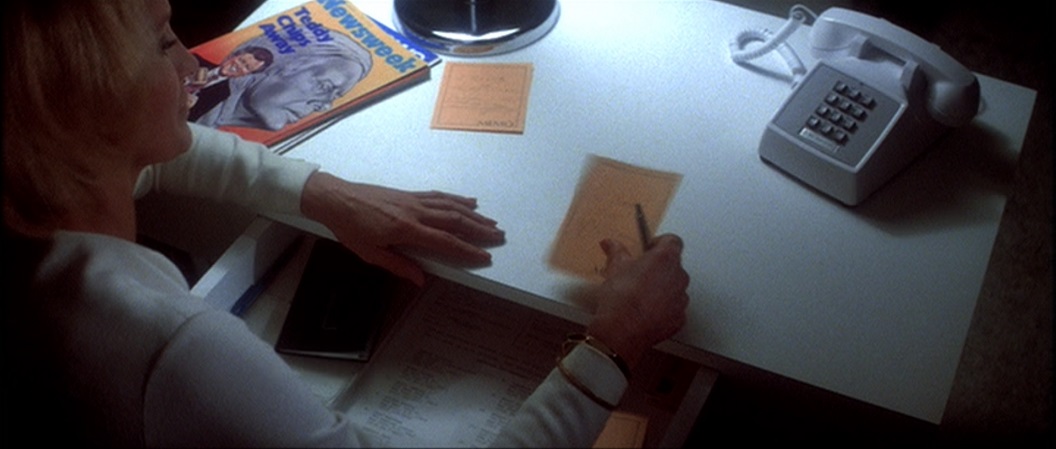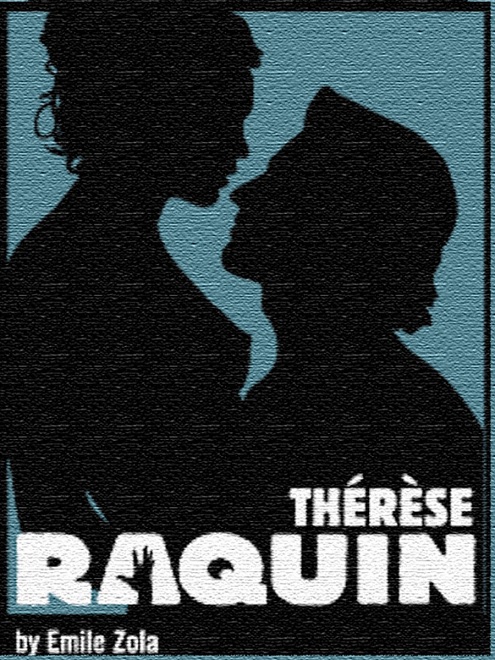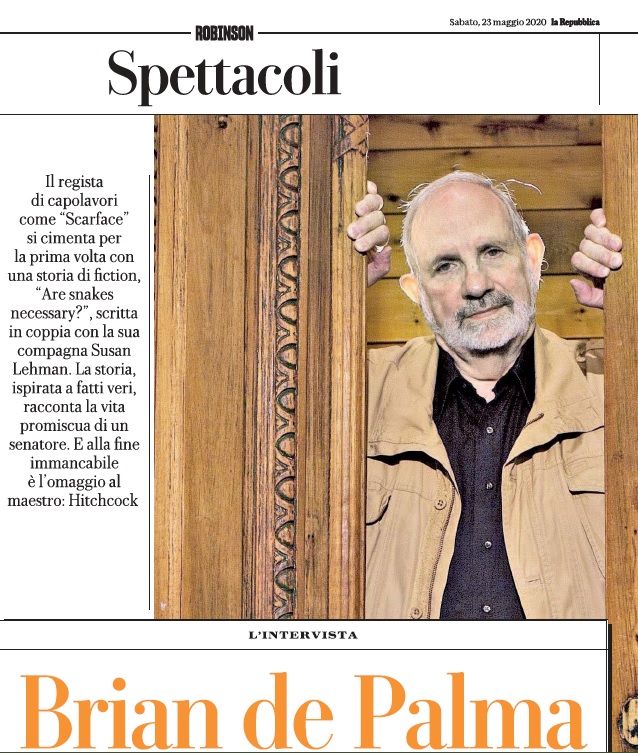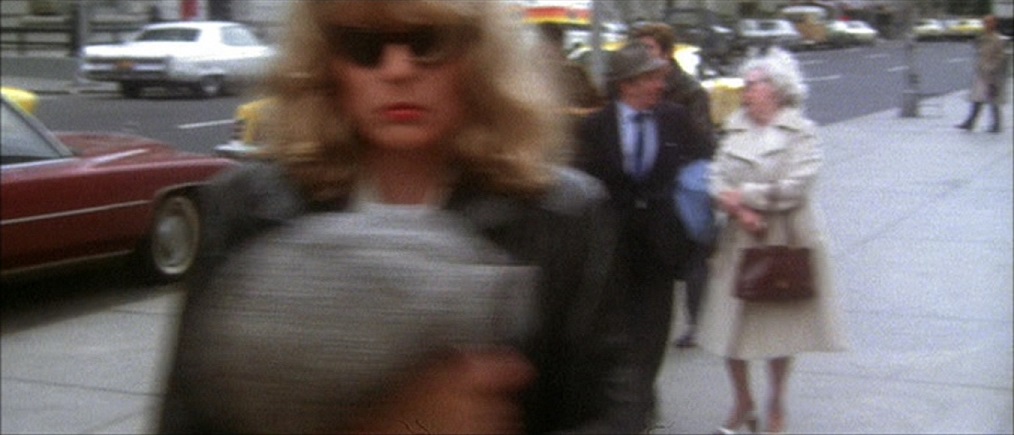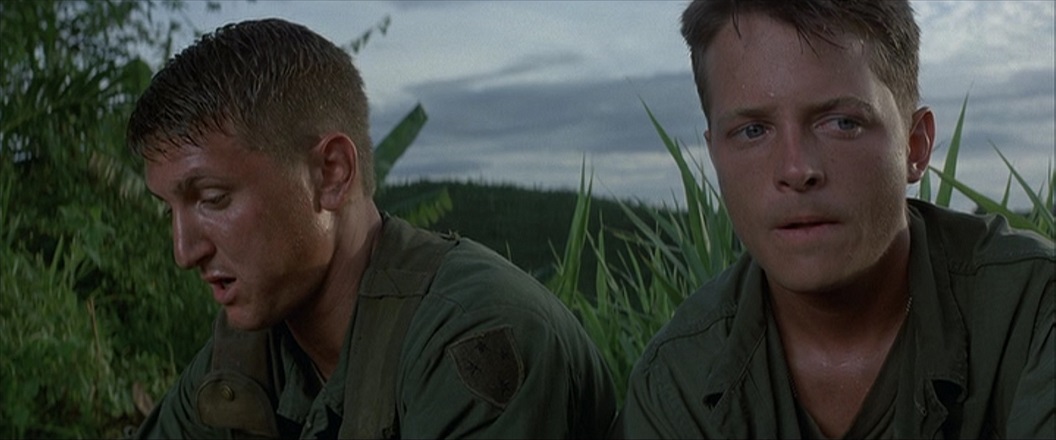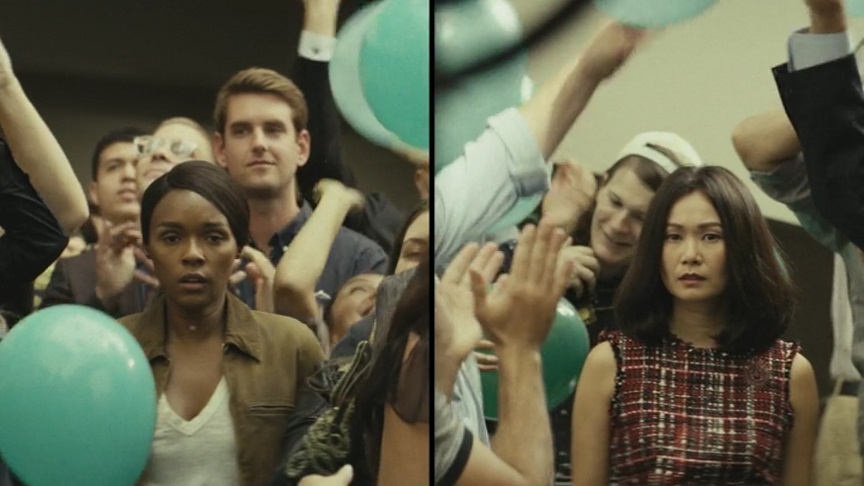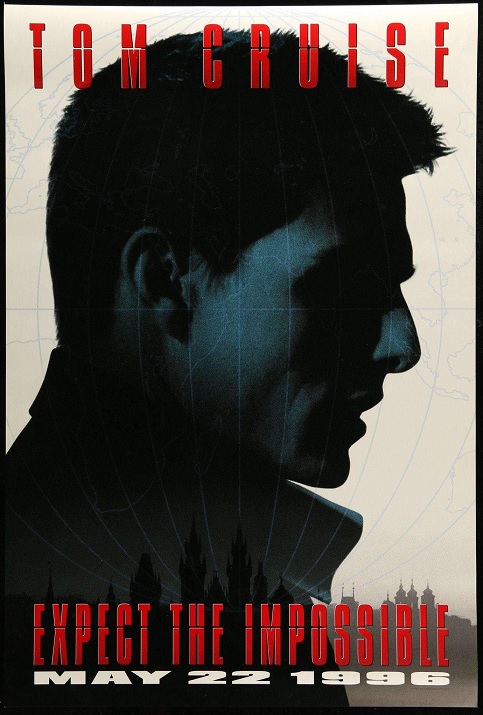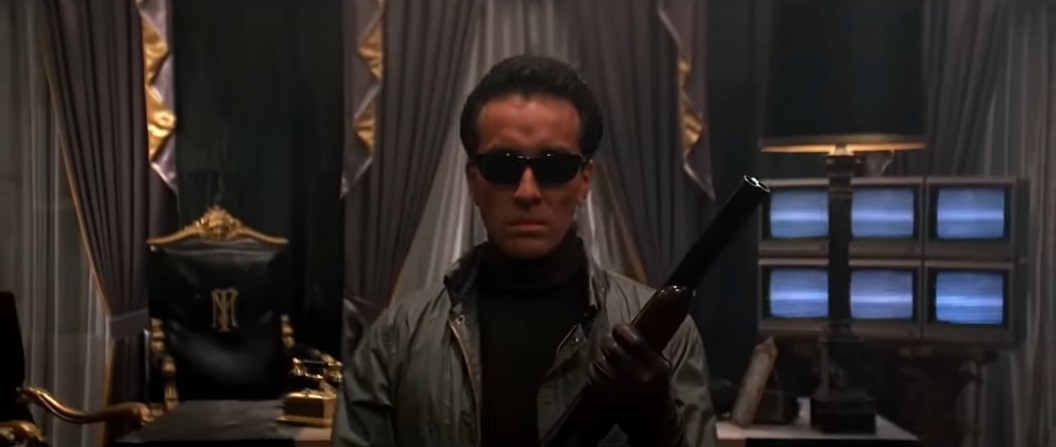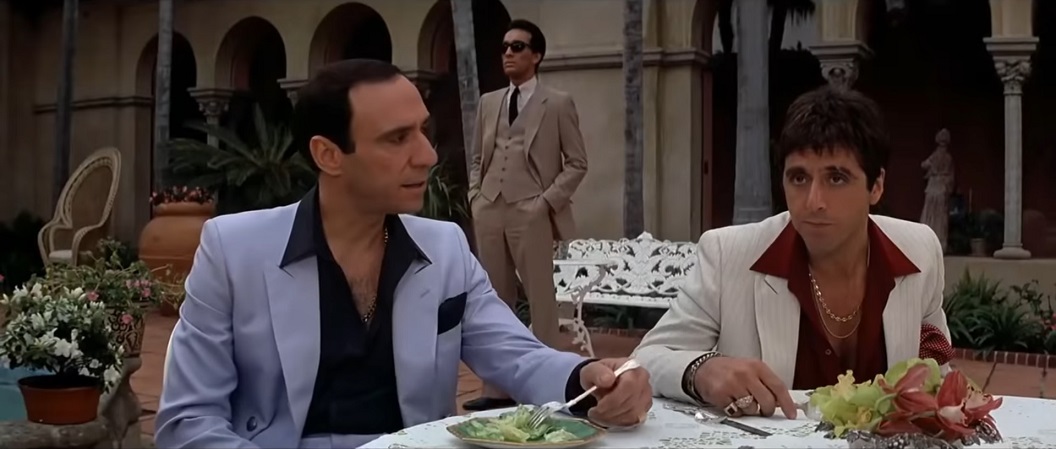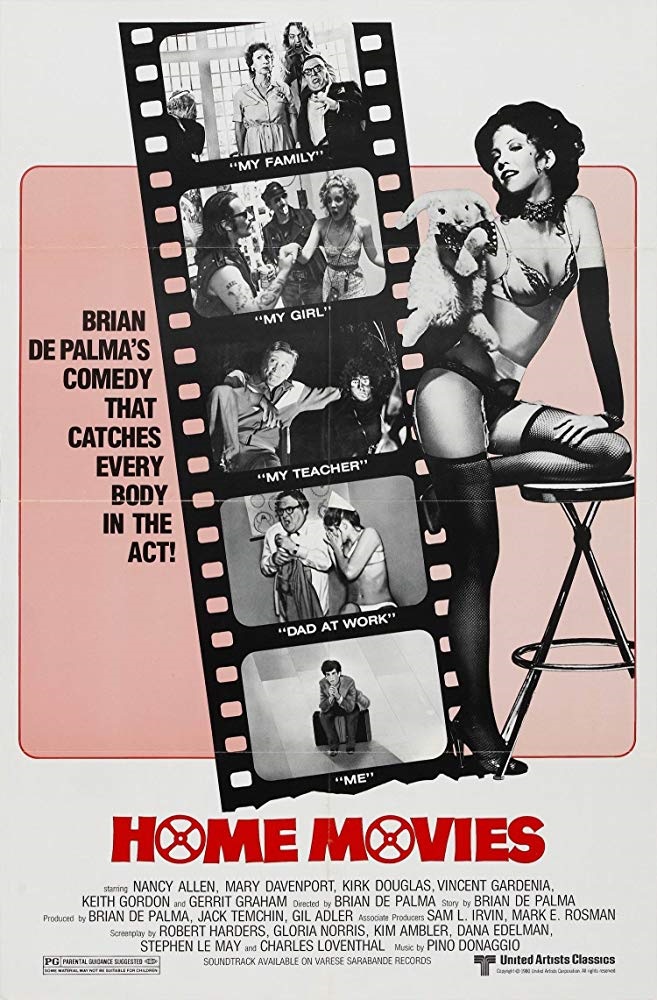KARYN KUSAMA DISCUSSES 'CARRIE' ON KINGCAST AT BIRTH. MOVIES. DEATH.
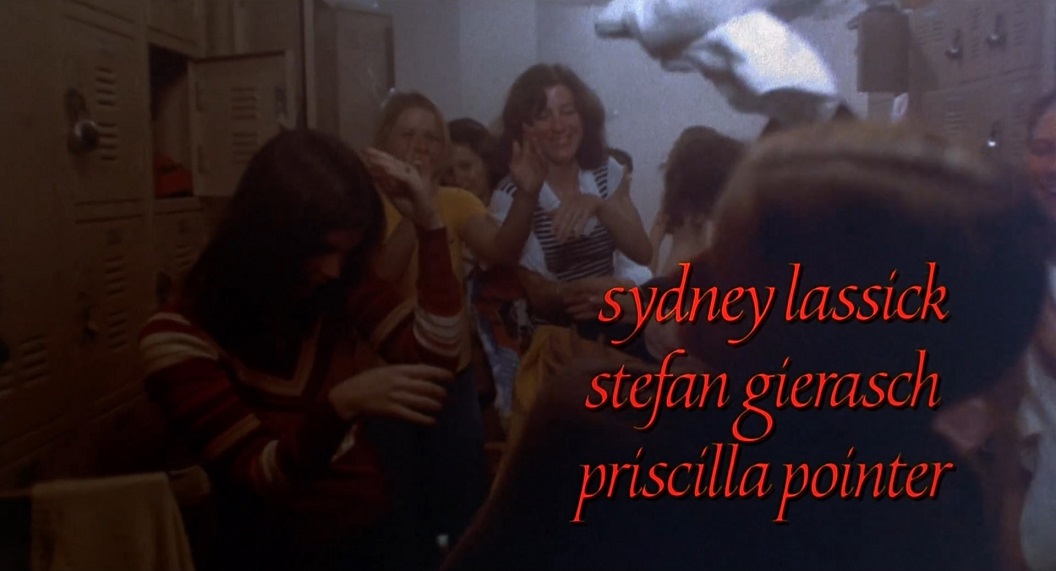
Karyn Kusama, director of Jennifer's Body, The Invitation, and Destroyer, joined the Kingcast podcast this week over at Birth. Movies. Death. as their special guest, discussing Stephen King's Carrie, and Brian De Palma's film version of King's novel. "I chose Carrie," Kusama tells the hosts, "because for me, Carrie is sort of a foundational... not just horror movie, just a foundational movie. And I think it has a welcome female point of view that actually is quite -- certainly in the film version -- is quite vividly brought to life, and I just love the idea that audiences got to root for this shy, strange girl... with very special powers, you know."
About midway through the discussion, host Scott Wampler talks about how his wife watched the film recently. "She was saying that, as much as she enjoys the movie, and feels that it's successful, she was saying she kind of wishes that a woman had written it. And... do you have any feelings on that? Does it make a difference to you if it's... if it resonates, does it matter?"
To this, Kusama responds, "I think when it resonates, it's a window into all of our capacity to have empathy, to think from another point of view. And to me, the great victory of the movie is that it is such a female point of view. Like, I don't believe that I'm looking at an interpretation of a young woman's inner life from a perspective that isn't female. And so, for me, you know, look: when [De Palma's] camera is glorious slo-mo, just tracking through a locker room and we're watching a bunch of naked girls, of course I'm aware that they're naked, but I'm also aware that they're like... I'm aware of the swagger, and the power in their nakedness. And the power in their femaleness together that to me feels akin to a locker room filled with boys. Like, I guess to me, the movie has the complexity of... I just want to say, these hopeful currents that run through it that are actually giving us access to female experience. So for me, I guess I see it as like a kind of thrilling openness on the part of the writer and director to put themselves in the psyche of this tortured girl. And I guess that, to me, says that this is where gender questions and our sort of hope for more representation gets a little murky. Because to me, this is actually a great representation of a female character as imagined by a male writer and a male director."
At this point, Wampler is so delightfully stunned by Kusama's answer that he tells her so. After a bit of laughter, Kusama continues: "Look, I'm always hoping to see... you know, some of my favorite movies have to be movies directed... most of them end up being movies directed by men. Because that's simply the... that's what was available and has been available for so long. And so if I'm going to see a touch point of deep empathy, almost uncanny willingness to go into the heart of the female consciousness, I just have to take my hat off and say, I respect that effort when it's successful. I have a lot to say when it's not successful. And don't get me wrong, I think it's just so easy for us to misunderstand and misrepresent people. That's just part of the trial of storytelling. And so, to just have... I mean, I don't know, personally, the movie has such a sort of florid sensuousness that to me it's like the female in De Palma directed that movie."
As the conversation moves on, there is talk about the shifting of tone within De Palma's film, and how one of the hosts hadn't seen it for 20 years, and didn't realize until he recently watched it again for this episode how much of a De Palma film it is. There is talk about how iconic the prom scene is with Carrie in split-screen, drenched in blood and her wide eyes, and how these are the images most people think of when they think about Carrie. "It's really incredible to me, and it shows how great a director De Palma is," co-host Eric Vespe says, "is being able to handle that tone shift, from that goofy, bouncy, lets-go-shopping-for-tuxes scene, and moving directly from that into one of the most skin-crawling moments."
Wampler then asks Kusama if that is the first sequence she thinks of when she thinks of the film. "It's funny," Kusama replies, "I actually think more about Piper Laurie in her scenes with Carrie, only because that performance was so specifically... the engine of it is sexual repression that is so intense that it just oozes out of every pore of her body.
"But, I mean, I do think that that prom sequence is iconic in so many ways. And it is true that there's a kind of technical willingness from De Palma to be just sort of firing on all cyclinders, trying a bunch of things. Really, quite literally kind of wanting to be awe-inspiring, you know. And that's the quality of, like, Medusa walking through the school gym. There are moments-- there are cuts in that scene that are so, so powerful. You know, even the idea that we haven't really seen Carrie full-body until we cut to that first moment that she starts walking off the stage and just through the mayhem that she's created. So, it just gives you shivers, you know, and that, I think... my memory of Carrie was always about that mom relationship, and what does it mean to feel like maybe your parent doesn't want you, on a most fundamental level, but also might actually kill you. [Laughs] I think that that kind of terror is so profound that it then gives... it's sort of the emotional underpinning to, then, this sort of incredible technical achievement that De Palma has with that final sequence in the prom.
And I just want to go back and say that, like... when you were talking about the De Palma-ness of the movie... I reread... I remember reading, when I was on a huge Pauline Kael kick where I was just reading every review she had ever written. I remembered her review of Carrie being kind of rhapsodic, and I went back to it to read it again last night, and was so struck by how she had nailed, not just what De Palma was doing, but also what kind of pleasure it brings. Because she said, you know, there's scary and scary, and funny and funny. But scary and funny might be the most potent combination in cinema. And that is Carrie. You know, that you can both laugh, in this kind of horrible way. And even sometimes just sort of laugh at the floridness of the filmmaking. It's like De Palma gives you permission to say, like, whoa, dude, that's a little over the top, you know. And then he just, in giving you that permission, he just goes for the jugular. And I just think there's something about that definition of De Palma's sensibility that is actually like a really important reminder of what it was that he was doing, which were these incredible experiments in tone. So he was willing to have Piper Laurie's character kind of be ridiculous when she goes to see Sue Snell's mother. But then the minute Sue Snell's mom says, "Here's five dollars. No, here's ten dollars," and you see Piper Laurie crawl back into herself... you're just like, this is gonna be such a scary movie. [laughter] So I do think there's something, too, just about the De Palma signature blend of asking the audience to kind of be in on the joke with him, and then just sort of pulling it all out from under us. That's De Palma at his best, in my opinion."
There's a lot of great discussion beyond this in the podcast, which I highly recommend listening to.
Previously:
Karyn Kusama & Diablo Cody cite Carrie & Heathers among inspirations for Jennifer's Body
Updated: Thursday, June 4, 2020 9:01 PM CDT
Post Comment | View Comments (2) | Permalink | Share This Post




